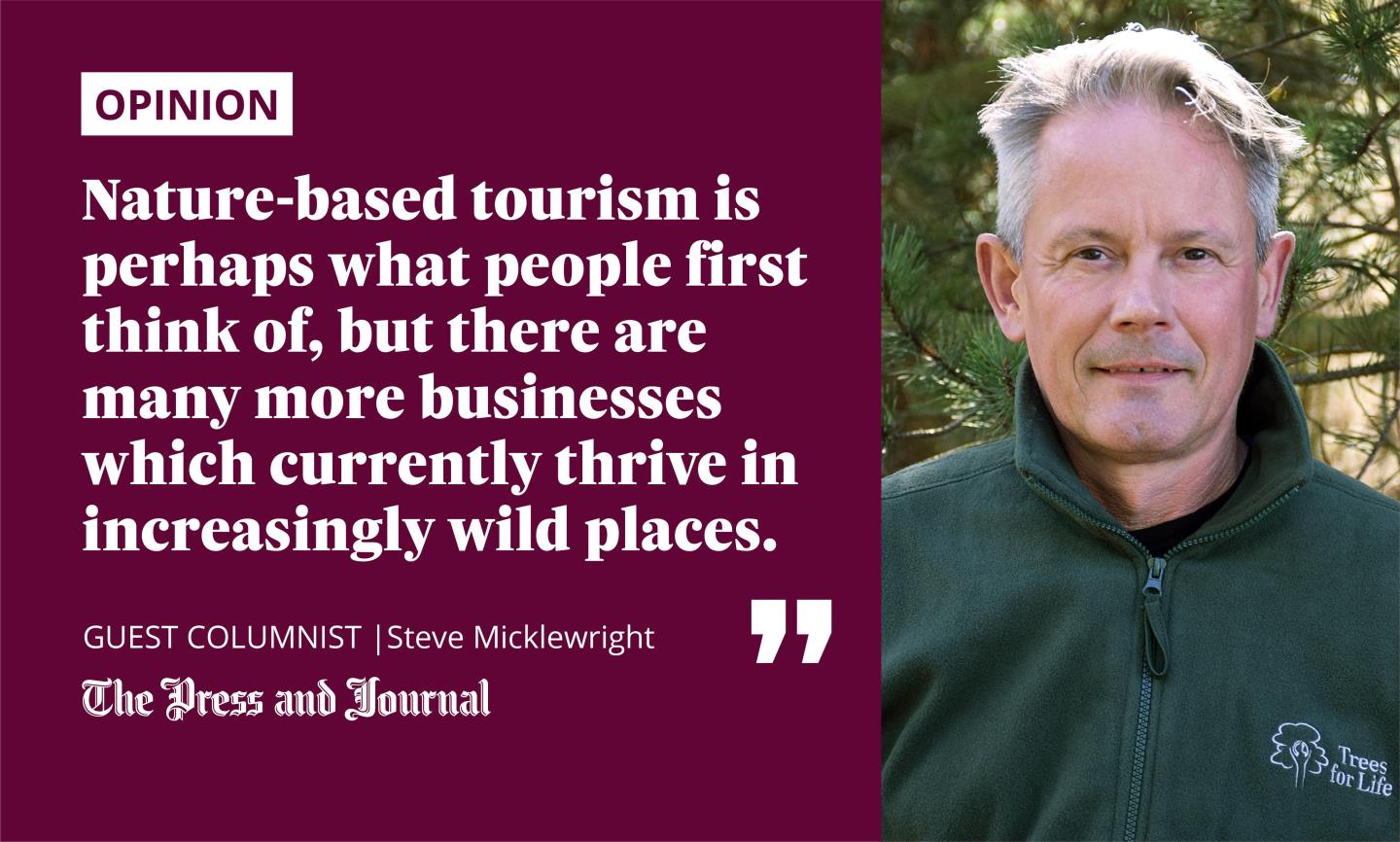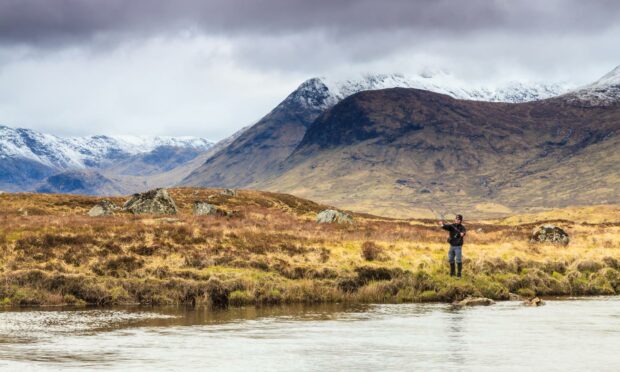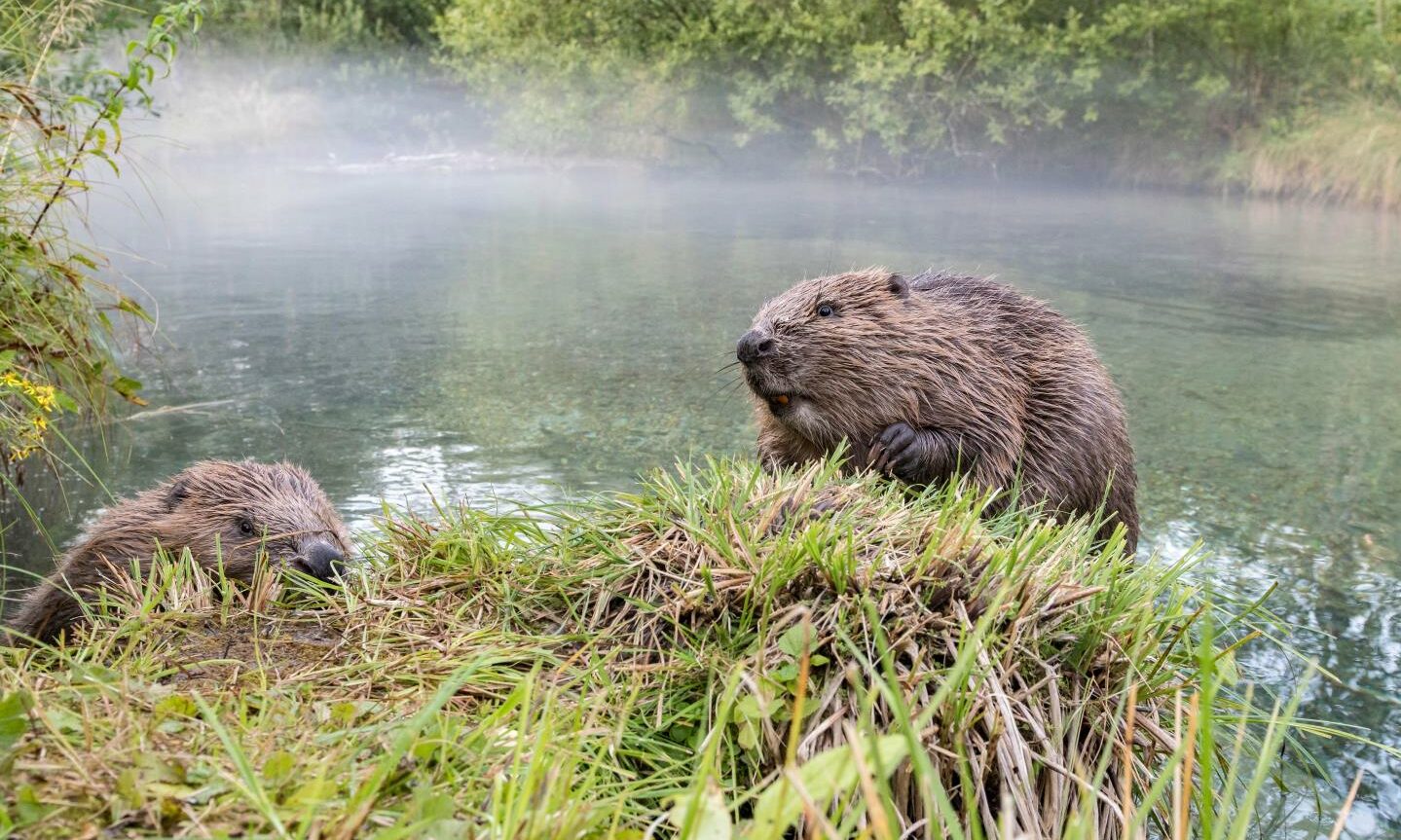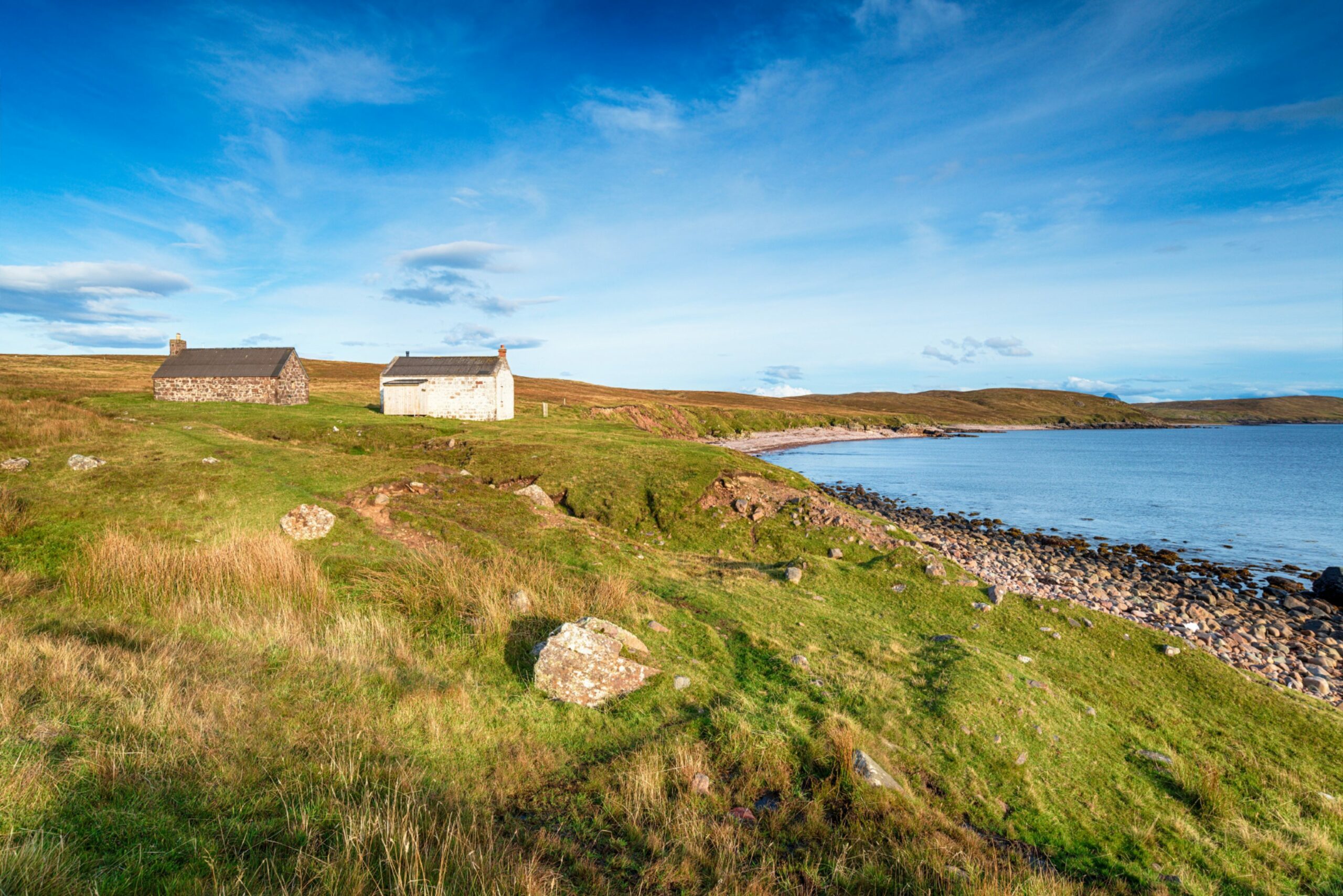Rewilding is going mainstream far quicker than we dreamt possible in 2019, when over 20 organisations across Scotland came together to form the Scottish Rewilding Alliance.
The new two-party Scottish Government prefers to call it “nature restoration”, but the concept is the same, and even Boris Johnson wants to “build back beaver“.
The projects and organisations that make up the Alliance are very familiar with the social and economic benefits that well-designed rewilding projects bring for rural and coastal communities. But there is still some suspicion that the rewilding movement doesn’t understand the importance of people.

This is where the debate will be won or lost, and that’s why the Rewilding and The Rural Economy report our friends in Rewilding Britain just published, with input from us, is so important. It is the first detailed examination of the opportunities available to Scotland from what it calls nature-based economies.
The idea is that rewilding principles are used to create regenerative areas where nature can recover and communities can thrive. These areas, covering as much of 30% of our land and sea, would see a recovery in habitats, in species, and in abundance, but, crucially, they would also be home to growing and diverse communities and businesses.
Nature-based tourism is perhaps what people first think of, but there are many more businesses which currently thrive in increasingly wild places. There are already signs of rapidly growing interest in sustainable native forestry; recreational fishing; low-impact, high-value farming; and so on.
We need large scale approaches to be successful
The report looks at 33 projects where rewilding techniques have been used, and on average, 10 years in, they employ 54% more people than their less wild predecessors. What’s more, the jobs created have been much more varied, allowing a wider range of people to stay in the area or move in for the longer term.
We do not need lines drawn on a map around tiny, fragile remnants of the plants and animals Scotland used to support
These plus points stack on top of the wider community benefits of rewilding. To pick just one high profile example, earlier this month Trees for Life won its court case against NatureScot, and all their historic licences to shoot beavers were ruled unlawful.
Evidence shows that well-located beaver populations do wonders for flood mitigation, and Rewilding Britain cite a study in Devon showing 30% lower peak water flow during storm events.
Less directly, wilder lands and seas also draw down carbon and store it, reducing Scotland’s climate impact. Whether or not you think that should have a price put on it, the fact remains that it’s exceptionally valuable.
The final – and perhaps most obvious – aim of rewilding is to restore biodiversity and bioabundance. There is a biodiversity crisis just as deep as the parallel climate crisis, and the old logic of “conservation” has failed.
We do not need lines drawn on a map around tiny, fragile remnants of the plants and animals Scotland used to support. Only large scale approaches – systems thinking – will allow us to begin the work needed to leave bountiful wild lands and seas for future generations.
Plans must be led by locals
If we are to see the economic benefits this report sets out, though, the changes required are not tinkering, and they will not be quick. Progress on this scale needs proper planning, but cannot be top-down, by ministerial decree. Nor can it be delivered just with local consent: plans of this sort need to be locally-led, and that takes time, and, ideally, government support.
Westminster and Holyrood have both begun to pledge funding, with UK ministers committing to a £640 million Nature for Climate Fund, and Scottish ministers promising to put £500 million into our natural economy, including by expanding the Nature Restoration Fund secured by the Scottish Greens before this year’s election.
These may be small sums compared to what both governments have spent on climate-busting projects over the years, but, if delivered well, the social and economic returns will make the case for a wider change in government funding priorities, both here and at Westminster.
Scotland is ahead in some respects
In some respects, Scotland is ahead of the rest of the UK: the report recommends that England and Wales bring in a community right to buy, along the lines of Scotland’s land reform legislation.
But there is much more to do. The opportunity is there for real community restoration alongside restoration of our wild land and seas. Before the Highland Clearances, rural Scotland used to support far larger communities, and barren landscapes benefit no one. Ministers have signed up to the idea that “rural repopulation is a vital objective, alongside nature-based solutions”, and we will hold them to that.
Across much of Scotland, the kernels exist for nature and rural communities alike to recover. The Alliance will be pressing the new Scottish Government hard to deliver on radical nature restoration measures, and to do them in a way which puts community benefit and local leadership first.
Steve Micklewright is the chief executive of Trees for Life, and the convenor of the Scottish Rewilding Alliance


